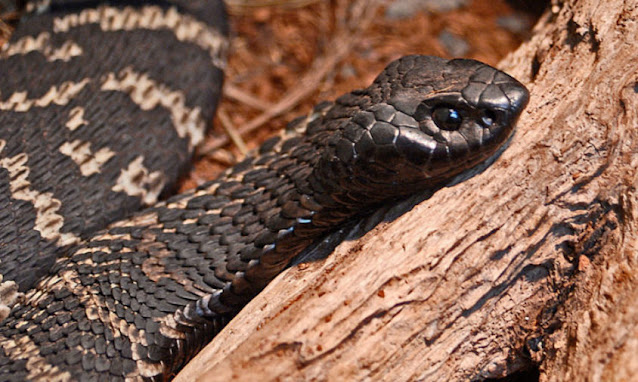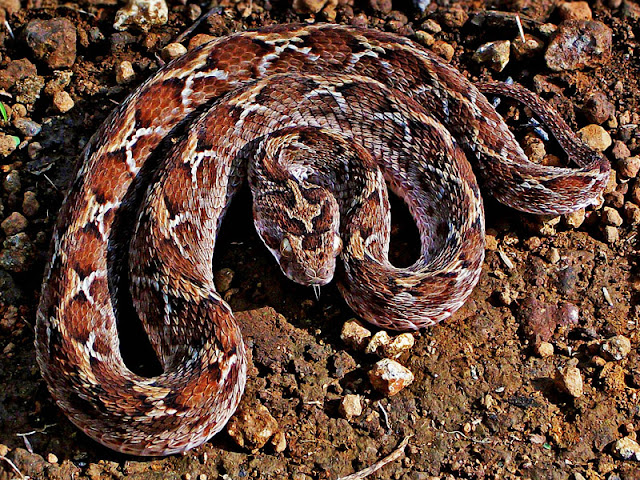9 Venomous Snake In the world:
Some animals are just as afraid of people as venomous snakes. Although the chances of a venomous snake dying, venom bites, and dying from being injected into one's body are lower than those of dying from cancer, heart disease, or a vehicle accident, it appears to many that unreasonable fear is very real. is... The snakes described here live mainly in tropical areas, but some may live in research centers and zoos near you.
9 A dangerous African snake named its black mouth:
The "black," or black-mouthed, mamba (Dendroaspis polish is) is inhabited in rocky savannas and can often be encountered on the ground, where it seems fond of termite mounds. Stained in brown to dark brown, its name derives from the black inside its mouth. The black mamba is feared because it grows large and quickly, and contains an extremely powerful poison that kills most of its human victims. Despite its aggressive reputation, unprovoked attacks on humans have not been proven, and it accounts for only a small number of deaths.
8 Barba Amarilla ("Yellow Chin") of Latin America:
The venom of some species, including Okinawa Habu (T. flaviridis), an invasive snake that frequently enters the human habitat on Ryuku Island, is mildly dangerous. On the other hand, the venom of Terisopelo (B. esper), the necrotizing fer-de-lance of Central America, is painful and often fatal. Other dangerous fer-de-lances include Jararaca (b. Jamaica) of Brazil and Vutu (Bothrops alternatus) of Argentina.
7 One of the most dangerous snakes in Africa.
The Boomslang (Disulfidus typus) hunts by stretching the front part of its body of a tree, its form mimicking a branch. A rear-edged snake, it saves its venom by chewing its prey until the victim succumbs to the toxins.
6 Best Australian Cobra.
The most widely distributed tiger snake is the eastern tiger snake, which is located in the southern fringe of Australia and the islands closest to the region. As it prepares to strike, it flattens its head and neck in a similar manner to the Asian and African cobras.
5 Killer of most people.
The saw-scaled viper (Echis carinatus) may be the deadliest of all snakes because scientists believe it is responsible for more human deaths than all other snake species. Although its venom is fatal in less than 10 percent of untreated victims, snake aggression means it bites quickly and often.
4 A dangerous snake with a triangular-shaped cross-section.
The banded crate (Bungarus fasciatus) is a highly venomous relative of the cobra. Its toxin is essentially a neurotoxin that induces paralysis.
3 World's longest venomous snake.
The King Cobra (Ophiophagus hannah) is the longest poisonous snake in the world. Its bite contains a tremendous amount of paralytic-inducing neurotoxin. Snake venom is so strong and so fast that it can kill an elephant in a few hours. The cause of death is also in at least 50 to 60 percent of untreated human cases.
2 Cobra's largest relative in Australia.
The coastal Taipan (Oxyurenus scutellatus) produces venom that is similar to its inland cousin. Its bite is fatal in more than 80 percent of untreated cases.
1 World's deadliest poison snake.
The bite of an inland or western tripod - Oxyuranus microlepidotus, also aptly called, the fierce snake - delivers the venom of a venomous witch. The toxin contains lipoxins, neurotoxins, a complex mixture of procoagulants, and myotoxins that cripple muscles, inhibit breathing, cause bleeding into blood vessels and tissues, and cause muscle damage.
Thanks for reading my article:














I hate snake.
ReplyDelete